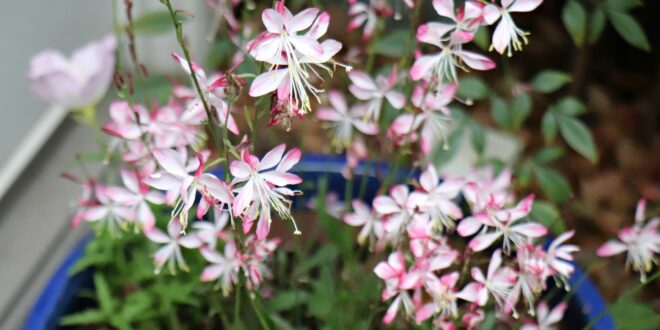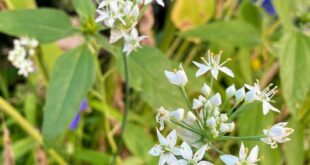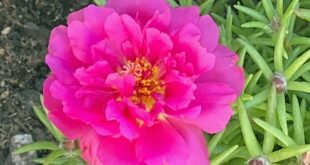Gaura is a pretty summer-blooming plant for your Sunnyvale garden. As the flowers bob in the wind, they remind you of butterflies. Gaura is commonly grown as an ornamental plant. It is used in either garden beds or pots for accent colour and a delicate texture. It grows best in full sun and can survive lengthy periods of drought.There are many common names for this plant: Pink Butterfly Bush, White Gaura, Pink Gaura, Lindheimer’s Beeblossom, Lindheimer’s Clockweed, and Indian Feather.
Gaura (Oenothera lindheimeri) is native to southern Louisiana and Texas. The specific epithet is after Ferdinand Jacob Lindheimer, a German-born botanist who collected extensively in Texas for Harvard University professor Asa Gray.
Gaura is a perennial herbaceous plant growing to 20 – 60 inches tall, with densely clustered branched stems growing from an underground rhizome. The leaves are finely hairy, lanceolate, 1–2 inches long and 1-3 inches broad, with a coarsely toothed margin.
The flowers are produced on a 4-30 inch long inflorescence; they are pink or white, 1 inch diameter, with four petals 0.5 -5 inches long and long hairlike stamens, and are produced from the beginning of spring until the first frost.
Although a perennial rated USDA Zone 5(6)-9 for hardiness it may not overwinter reliably, and is often treated as an annual outside its native areas.
One advantage in growing gaura is that they do not need much pruning to look good. Some pruning and trimming, done at certain times, brings out another period of blooming.
Propagation
Gaura flower clumps are usually divided in the spring as a form of propagation when grown as perennials. This occurs before the new growth begins in the early spring. First cut back the gaura plants to half their size. If the plant is 4 feet tall then remove 2 feet of stems. Dig up and separate the plant clumps. Replant the gaura and feed with a general purpose fertilizer. This eliminates overcrowding, which cause smaller flowers, and gets the plant ready for spring growth.
Size Control
Late spring pruning is a method used to control gaura size when the plant outgrows its planting area. Cut the plant back to half its size with a pair of hand pruners. This removes the excess growth while triggering fresh growth. Do not wait too long to prune the growth back, since it could delay the flowering period.
Deadheading
Gaura produces more flowers when the fading blossoms are removed before forming seeds. Seeds tend to redirect the energy of the plant to seed development rather than flowering. Remove the dying flowers throughout the summer along with any seed spikes that appear.
Reblooming
Midsummer pruning is not as severe as the first cutting of the season. Cut the gaura back by a third after the first flush of flowers is over. Removing the stem tips, dying flowers and developing seed pods encourages the production of another wave of growth and blossoms.








